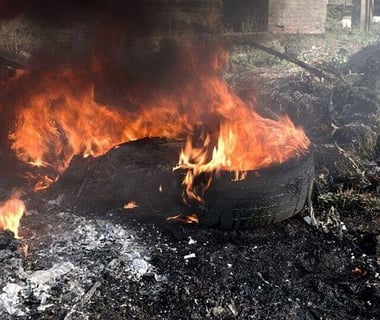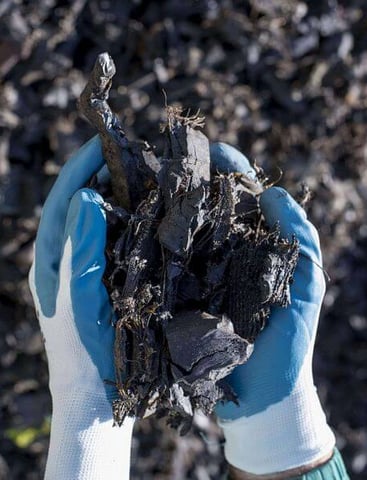Innovative Tire Recycling
Leading the way in sustainable management of used tires through recycling and advocacy.
The Hidden Dangers of Discarded Tires: Understanding the Environmental Hazards
In our fast-paced world, where transportation is a necessity, tires play a vital role in keeping our vehicles rolling smoothly. However, what happens to these tires once they reach the end of their lifespan? Many end up discarded, often thoughtlessly, posing significant environmental hazards. From contributing to pollution to posing health risks, the consequences of improperly managed discarded tires are far-reaching and often underestimated.
1. Environmental Pollution:
Discarded tires are a significant source of environmental pollution. When left to deteriorate in landfills or dumped illegally, they release harmful chemicals and toxins into the soil and groundwater. These chemicals, including heavy metals and carcinogens, can contaminate surrounding ecosystems, posing a threat to plant and animal life. Moreover, as tires degrade, they become breeding grounds for disease-carrying mosquitoes, further exacerbating environmental health risks.
2. Fire Hazard:
One of the most alarming dangers associated with discarded tires is their propensity to catch fire. Due to their composition, tires can burn at high temperatures for long periods, releasing toxic smoke and pollutants into the air. These fires are notoriously difficult to extinguish and can cause widespread environmental damage, including air pollution and soil contamination. Additionally, the release of toxic fumes poses serious health risks to nearby communities, leading to respiratory problems and other health issues.
3. Habitat Destruction:
The improper disposal of tires can lead to habitat destruction and disruption of ecosystems. When tires accumulate in natural areas such as wetlands, rivers, and forests, they disrupt wildlife habitats and interfere with the natural flow of water and nutrients. This disruption can have cascading effects on biodiversity, leading to declines in native species and altering ecosystem dynamics. Furthermore, the physical presence of tires can create barriers to animal movement and migration, further fragmenting habitats.
4. Waste of Resources:
Every discarded tire represents a waste of valuable resources. Tires are made from non-renewable materials such as rubber, steel, and synthetic fibers, all of which require significant energy and resources to manufacture. By failing to recycle and reuse these materials, we squander precious resources and perpetuate a cycle of waste and environmental degradation.
5. Legal and Economic Implications:
In addition to the environmental consequences, the improper disposal of tires can have legal and economic implications. Governments often incur significant costs in managing tire disposal and cleanup efforts, diverting resources from other essential services. Moreover, the negative impact on property values and tourism in areas affected by tire pollution can have long-term economic repercussions for local communities.
In conclusion, the hazards associated with discarded tires are multifaceted and require urgent attention. Effective tire management strategies, including recycling, reuse, and proper disposal, are essential to mitigate these risks and safeguard the environment and public health. By raising awareness of the environmental hazards posed by discarded tires and promoting responsible tire stewardship, we can work towards a cleaner, healthier, and more sustainable future.






